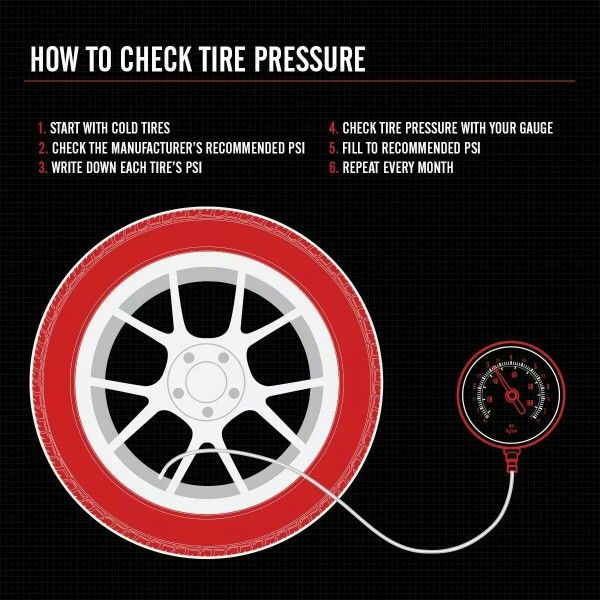by Mark Stevens
22 shares
Last Updated on January 10, 2022
The main purpose of a wheel alignment is to ensure that the wheels of your vehicle run in a consistent way to each other so that both the front and rear wheels touch the road at similar angles.
Properly aligned wheels help you in fixing or avoiding related problems such as a vehicle pulling to either side, poor gas mileage, a crooked steering wheel, or uneven wearing of tires.
Need help with a car problem RIGHT NOW?
Click Here to chat online with a verified mechanic who will answer your questions.
A wheel alignment does not need the replacement of any parts, making the process entirely dependent on the cost of labor.
If your vehicle has a bad wheel alignment, taking it to an alignment shop, tire shop, dealer, or other auto repair shop should be made a priority. Correctly aligned wheels will have a direct impact on the durability as well as the performance of the tires.
It can also significantly help in improving the reaction of your car on the road and driving comfort to give you a smooth and safe drive.
The average wheel alignment cost varies with the car model and the professional mechanic servicing your vehicle as well as the equipment used by them. Depending on where you go, the average cost of aligning the front or rear wheels of most vehicles range from $50 to $100.
Expect to pay somewhere between $100 and $200 to align all four wheels. A complete 4-wheel alignment is always recommended for best results.
The two biggest factors in the final cost of a wheel alignment are the vehicle in question and the service center you go to.
Many luxury and performance vehicles require special tools and computers to perform an alignment and may take more time than others.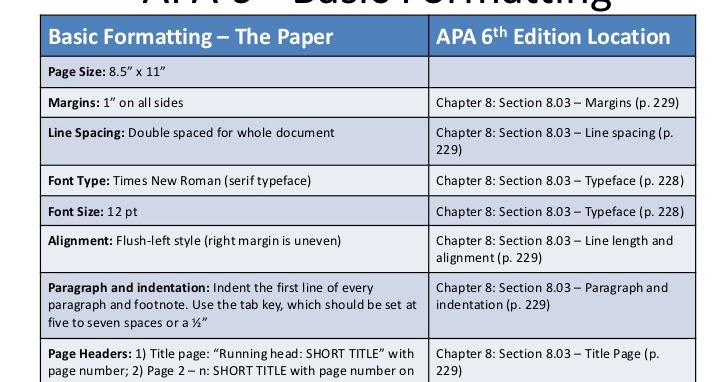
While a car dealership will obviously be able to perform alignments on their vehicle brand, not all independent shops will be able to handle every make and model. Generally you will pay the most for a wheel alignment at a dealership.
You will often get the lowest wheel alignment price at superstores that have an auto repair department such as Costco or Walmart. After that, chains such as Firestone, Goodyear, Discount Tire, and Pep Boys will all be in about the same price range.
A specialty alignment shop is usually the best place to go for a tire alignment as they are the experts and often have the latest and best alignment equipment around.
Keep in mind that during the alignment process, the technician may find other parts in need of repair or replacement. You can usually get these taken care of as well but the price of an alignment job can quickly go from $150 to $500 if other repairs are needed.
Some service providers can perform a one time alignment that’s covered under your car warranty depending on the specific mileage of the car. Some companies can allow you to perform wheel alignments free of charge after extending your warranty or any extra alignments for a definite period.
Some companies can allow you to perform wheel alignments free of charge after extending your warranty or any extra alignments for a definite period.
Related: Wheel Spacers (Are They Safe?)
When you take your car or truck in for an alignment, the mechanic will check three parameters: the caster, camber, and toe (more info here). Using various equipment, they will ensure the angles of all parameters are set to factory specifications for your vehicle.
Once that’s done, they will test everything on an alignment rack and usually take the vehicle for a short test drive to confirm it tracks straight, handles well, and there are no vibrations from the steering wheel.
Since a tire alignment is common act of maintenance, insurance companies will not cover the price of the alignment in most cases. The exception is when your vehicle is involved in an accident.
In most cases, a complete 4-wheel alignment will need to be done after all repairs. The insurance company, whether yours or the other person’s, will almost always cover the cost of the alignment.
The insurance company, whether yours or the other person’s, will almost always cover the cost of the alignment.
Some insurance companies may argue a small fender bender would not affect alignment but you should push back as even a small angle change in camber, caster, or toe can cause big issues for you down the road.
Categories Tires & Wheels Tags alignment, camber, casterAsk a question, get an answer ASAP!
Home
Nissan
Wheels - Alignment
Advertisement
Select Your Vehicle
Fair Repair Range
Alignment is the process of making sure all 4 wheels point in the same direction, which will cause the vehicle to drive straight and not drift. Performing this service regularly (yearly or after the vehicle starts drifting) will extend the life of your tires. Alignment is measured in degrees of camber (tire leaning inward or outward), caster (forward or backward slope of steering components in relation to the McPherson struts) and toe (the direction the tires are pointing).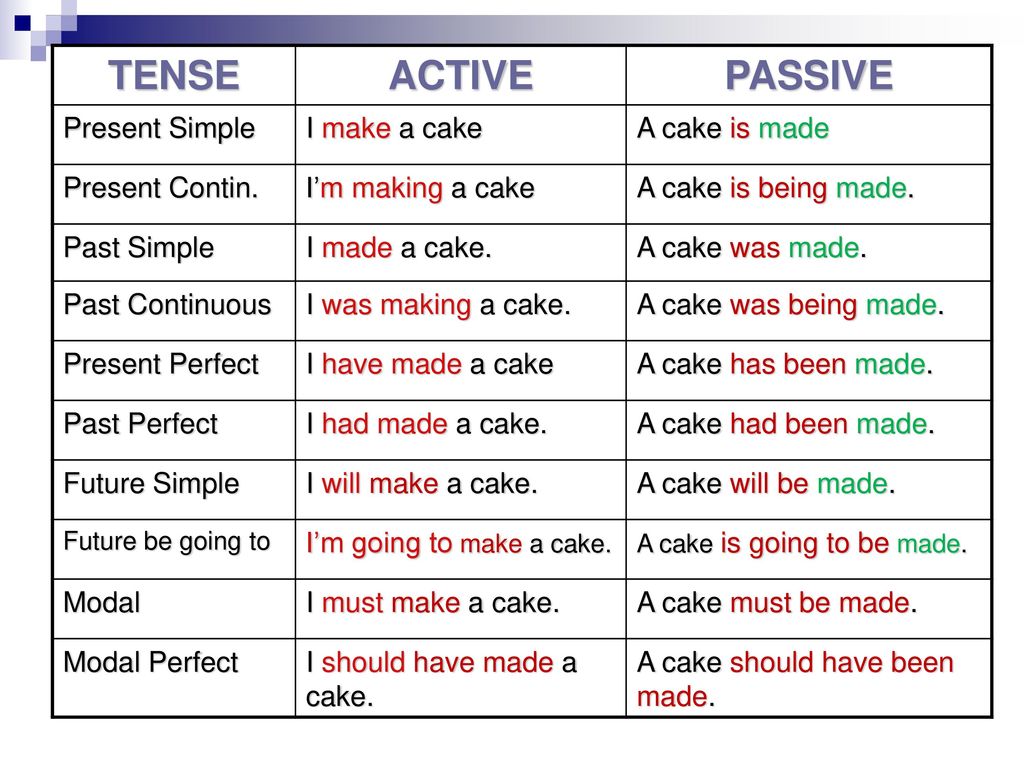 Toe-in means that the tires are pointing inward; toe-out means that the tires are pointing outward. Most vehicles are “averaged” for everyday driving.
Toe-in means that the tires are pointing inward; toe-out means that the tires are pointing outward. Most vehicles are “averaged” for everyday driving.
No Local Dealers Match Your Search.
Please choose a different make or a different ZIP.
Also known as a car or front-end alignment, a wheel alignment is a critical adjustment performed to ensure that your Acura tracks straight and true as you cruise down the road. Poor alignment can cause premature tire wear, suspension failure, unsafe operation, excessive steering wheel play, driver fatigue and more.
Proper car, truck or SUV operation is a balancing act that depends on a combination of power, acceleration, steering and braking. It requires proper alignment specifications and well-maintained suspension components. Tires, steering mechanisms, shock absorbers and springs must work properly with each other for continued reliable service.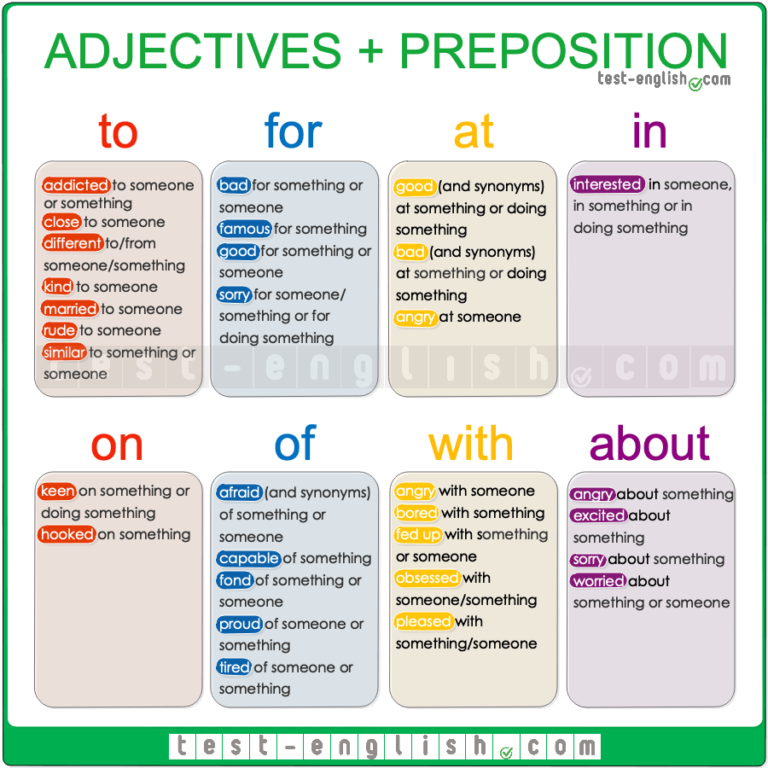
Simply put, a vehicle that is out of alignment means that your wheels are pointing in different directions. This, in turn, causes accelerated and uneven tire wear as well as causing your vehicle to pull to the right or the left. The good news? This situation is easily correctible. Your local Nissan service department, tire retailer or local automotive service center is ready and able to straighten things out for you.
Precise wheel alignment does not last for the life of your car. Even a brand-new vehicle can have a chance encounter with a curb or pothole. These impacts can cause your vehicle to fall out of alignment instantaneously. In most cases, alignment can degrade gradually and almost imperceptibly over time as components start to show wear.
In the past, as with body-on-frame vehicles and those having non-independent rear suspensions, front-end alignment was usually all you needed to have you on the straight and narrow again. With today’s unibody designs and multilink independent rear suspensions, four-wheel alignment is recommended to have all tires working together and tracking in the same direction.
With today’s unibody designs and multilink independent rear suspensions, four-wheel alignment is recommended to have all tires working together and tracking in the same direction.
Depending on the adjustments available on your vehicle, alignment is a procedure that involves adjusting the camber, the outward or inward tilt of the tires when view head-on; caster, a front or rear tilt when viewed from the side; and toe, which way your tires are pointed when viewed from above. Toe-in means they are pointed inward, toe-out means they are turning away from each other.
Tire alignment services require specialized equipment and trained technicians who have the proper tools to diagnose, repair, replace and properly align your vehicle. It’s not an easy fix like changing your motor oil and should be done by a dealership or repair shop.
While they check alignment, consult with them on wheel balancing, as well. Vibrations can crop up from an out of balance tire, which in turn causes excessive tire wear.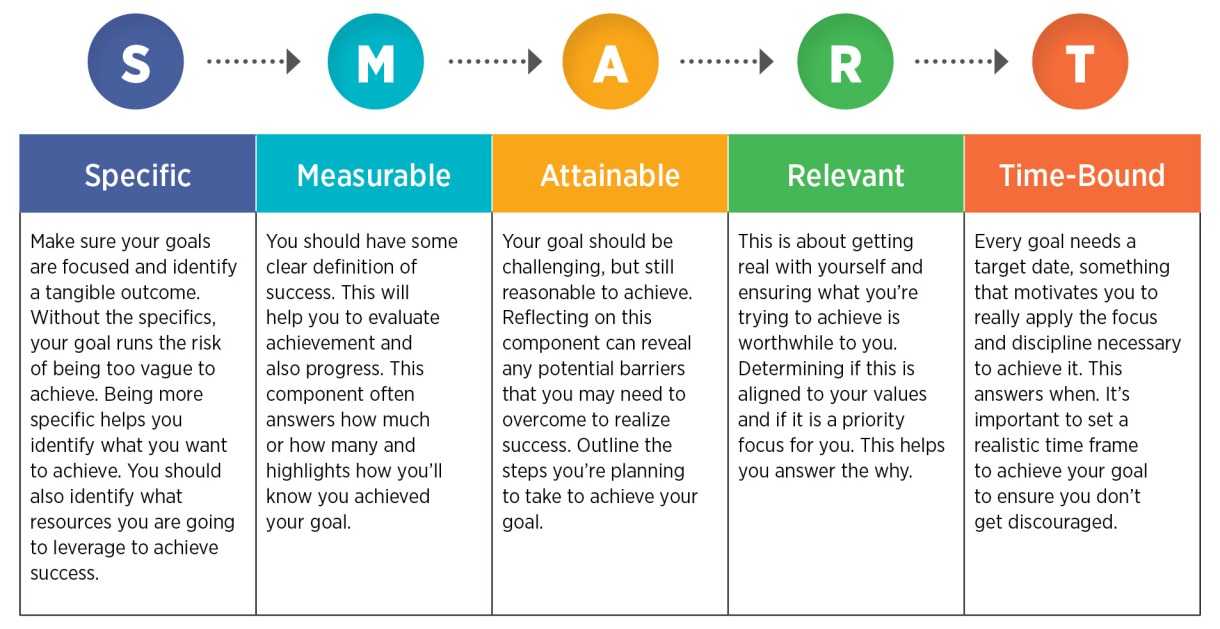 With so many components responsible for specific causes and subsequent affects, it’s a good idea to have all these exams and services performed at the same time.
With so many components responsible for specific causes and subsequent affects, it’s a good idea to have all these exams and services performed at the same time.
Here’s how you can tell: Maybe your Nissan drifts left or right, especially when you apply the brakes. Or you notice you need a lot of steering effort while driving down the highway to keep you in your lane. Or you may feel a bit of shimmy and shake from the steering wheel. These are all clear signs that you may need an alignment.
A vehicle out of alignment can result in excessive tire wear. When the wheels aren’t lined up straight, there’s a constant scuff that works against normal tread wear. You’ll notice that the tire tread is disappearing prematurely and unevenly across the tire’s surface. This also can cause a loss of traction, especially in wet conditions. Uneven tire wear, if ignored, can also contribute to premature tire failure or a blowout.
Imperfections in the road surfaces could be your vehicle’s worst enemy in keeping proper alignment. If you regularly drive on poorly maintained roads or one riddled with potholes or accidentally hit a curb or a parking bumper, you may knock your Nissan out of alignment.
If you regularly drive on poorly maintained roads or one riddled with potholes or accidentally hit a curb or a parking bumper, you may knock your Nissan out of alignment.
But even before you take the car in, perform a check of your tire’s inflation. Having one tire measure substantially more or less than what the owner’s manual calls for could cause the same effect of drifting left or right or vibration in the steering.
Experts recommends an alignment check every six months or 6,000 miles, whichever comes first. Regardless, don’t let your vehicle go more than 10,000 miles without having someone check the alignment. It’s a good idea to have your tires checked for alignment bi-annually, or any time you have your tires rotated.
The other time you should absolutely have your tires aligned is when you replace them. Properly balanced and aligned when placed on your vehicle, this will ensure they wear evenly from the start. Placing new tires on an improperly aligned vehicle will end up costing you more in the long run, because your new tires will continue to wear in the same manner as the previous set.
Placing new tires on an improperly aligned vehicle will end up costing you more in the long run, because your new tires will continue to wear in the same manner as the previous set.
Eduard Solodin
recently did the alignment wheels.
They are essential because they are easy to check and adjust. There are many others. For example, ackerman is the difference between the turning radii of the right and left wheels. Additional angle parameters are mainly adjusted on sports cars.
Additional angle parameters are mainly adjusted on sports cars.
Wheel alignment affects the stability and handling of the car, and hence the comfort and safety of the driver and passengers. The latter is especially important: a car with incorrect wheel alignment during emergency braking can be pulled to the side, and stabilization systems may not work correctly. The most harmless and common problem is rubber. In the spring, it again rose in price, so you should follow this even more carefully than before.
In this article I will tell you what camber, toe and caster are, how often you need to adjust the wheel alignment angles, by what signs you can understand that their parameters have changed. In addition, I will answer questions about whether it is possible to do a wheel alignment yourself and how to choose a good car service.
Camber is the angle between the wheel rotation plane and the vertical.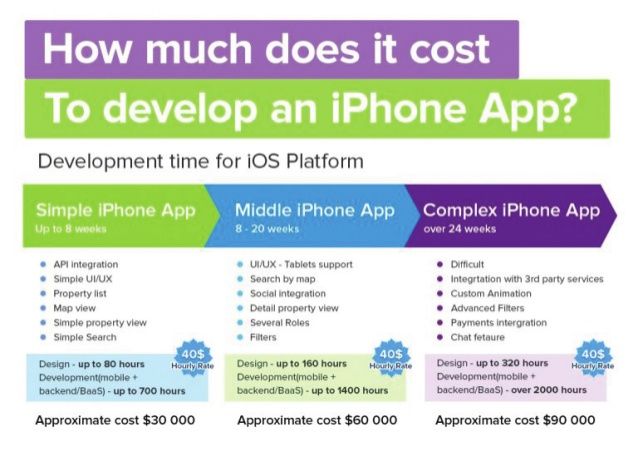 You can see the wrong camber in front or behind the car.
You can see the wrong camber in front or behind the car.
Positive camber - when the top of the wheel protrudes outward from the hub. A car with such a collapse from the factory is most likely a truck or some kind of special equipment. Under load, the wheels stand perpendicular to the plane of the roadway, the camber becomes zero.
Negative camber - when the bottom of the wheel protrudes outward from the hub. A car with such a camber is more stable in turns.
Toe is the angle between the plane of rotation of the wheel and the longitudinal axis of the vehicle. The misalignment is visible from above or below the vehicle.
Positive toe - with the front of the wheels facing in. Negative - when outside.
It may seem that the convergence should be zero, but it is not. If you make negative camber and do not compensate for it with negative toe, the inside of the tire will wear out very quickly.
/auto-album-2/
“It fits fermented baked milk in its cup holder”: 10 more cars that we love with all our hearts
Caster is the angle between the axis of rotation of the wheel and the vertical.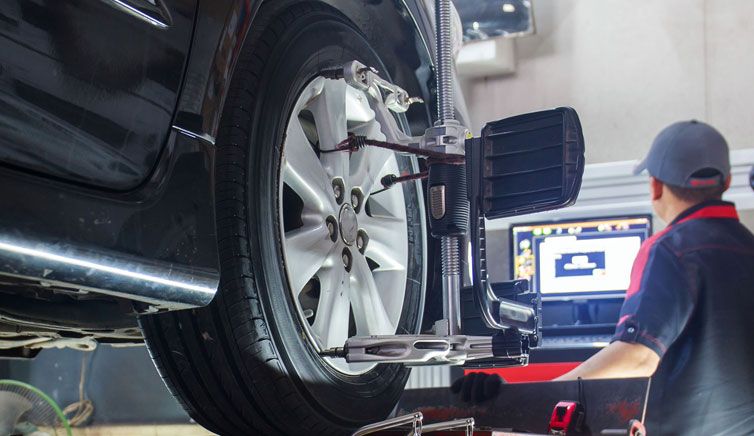 It is also called the longitudinal angle of inclination.
It is also called the longitudinal angle of inclination.
Positive caster - when the wheel is closer to the front of the car than to the strut attachment point. It helps the car to stabilize the steered wheels when accelerating. The easiest way to think of positive caster on a road bike is that if you pick up speed and let go of the handlebars, the bike will go straight. Positive caster is the norm for modern cars: the peculiarity is that this angle is usually small: more often up to 6°, but can reach up to 10°.
Negative caster - when the wheel is closer to the strut attachment point than to the front of the car. A grocery cart has such a caster: it allows the wheels to easily spin around its axis, making it easier to turn it in any direction.
Most of the old cars had a negative caster, for example, the Volga GAZ-21. In this way, it was possible to achieve relatively comfortable control at speed in the absence of a power steering. The steered wheels at that time were stabilized by a different tire design.
/7-first-auto/
“Gives emotions, and everything else is solved”: 7 stories about the first car wheels, tire sizes. The settings may vary even for cars of the same model, depending on the configuration and type of suspension.
Not all vehicles can be adjusted to all wheel angles. For example, if there is a beam or a bridge on the rear axle of the car, then the angles of the rear wheels cannot be adjusted. Over time, they will still change due to the deformation of the beam. Sometimes they try to solve the problem with the help of special spacers for the hub or take another beam from disassembly, but this does not always help. The most reliable, but expensive way is to replace the old beam with a new original one.
Camber cannot be adjusted in most cases on a MacPherson type suspension. This suspension is found on most modern cars.
Caster is exclusively about steered wheels, that is, almost always on the front axle.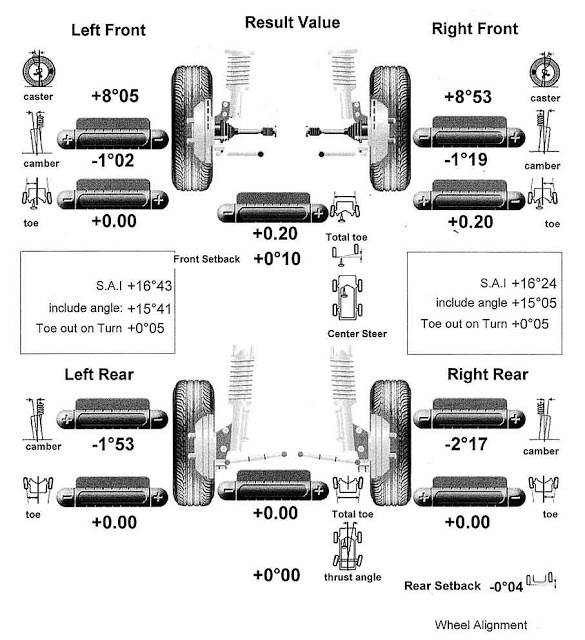 On the back, the caster is usually zero. However, it may change after an accident or repair using non-original spare parts. The exception is cars whose rear axle can steer: caster is available as a parameter, but it can hardly be adjusted.
On the back, the caster is usually zero. However, it may change after an accident or repair using non-original spare parts. The exception is cars whose rear axle can steer: caster is available as a parameter, but it can hardly be adjusted.
/guide/how-to-buy-new-autoparts/
How to buy new parts and supplies for your car
normal and the same for wheels of the same axle. On different axes, it may vary slightly. Usually, the norm for a particular car is indicated on a special sticker in the doorway or on the gas tank flap.
If the tire pressure is not equal, the machine will pull the wheels with less pressure to the side, even if the wheel angles are correctly set. It is also useless to adjust the wheel alignment angles on a car with broken ball or torn silent blocks of levers.
Also, do not perform this operation before the next tire change - wheel alignment is done on seasonal tires, so take care of "changing shoes" in advance.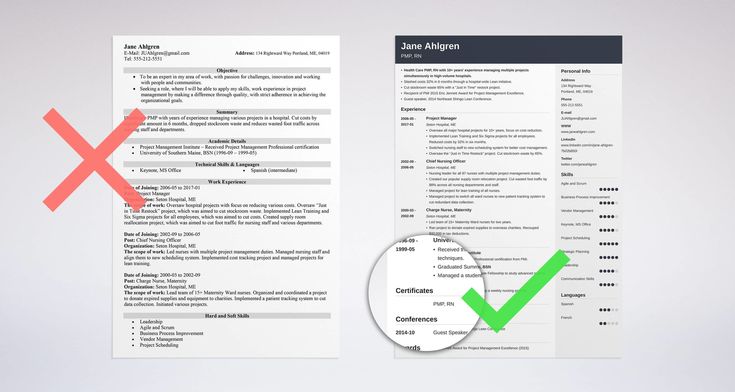
/guide/shina-s-probegom/
How to buy used car tires
Some vehicles need to be loaded before tuning. For this, service stations often use cans of water or sand, the required load is indicated in the car's operating manual.
The wheels on the camber stand run into special turning circles - "pyatak", they are needed to relieve the load from the suspension. At the same time, the wheels do not hang in the air: they are under load and can change the angle. Nickels must move freely along the axis of the wheels and rotate. Measurement accuracy and tuning quality will be seriously affected if the nickels are hard to move: this happens if they are rusted or clogged with sand.
"Targets" are put on the wheels - special sensors with a mirror or glass. A camera is directed at them and reads the position of the wheel. Targets with clamps on the rim take longer to mount and can scratch the metal. A safer option is targets with clamps on the tire.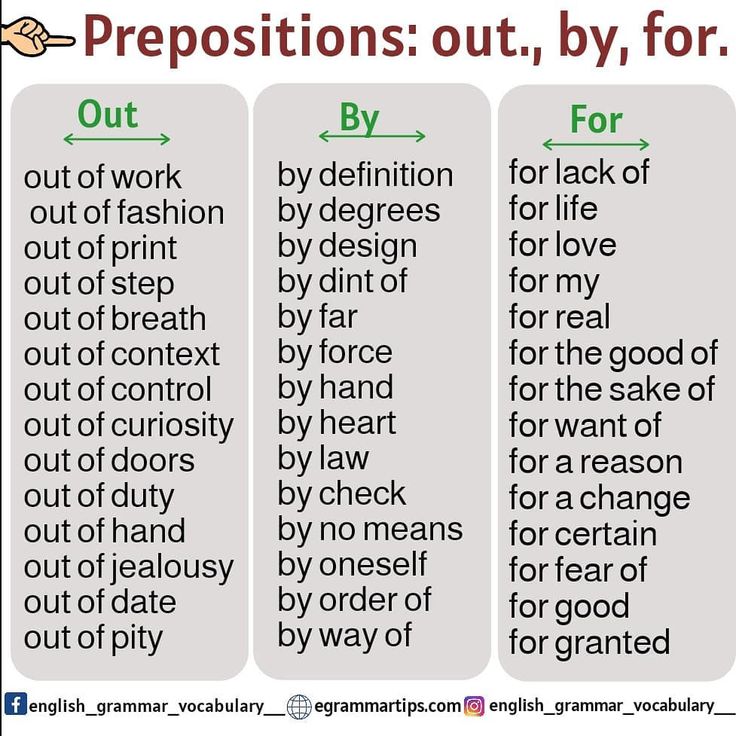
After that, the master enters data about the car into the breakup stand program: make, model, generation and equipment. So the stand adjusts to a specific car and the specialist understands what angles need to be set. On vehicles with air suspension, for the correct calculation of wheel alignment angles, it is important to measure and enter the clearance of each wheel into the program.
A target is attached to the wheel disk. The nickel in this photo is right under the wheel. Photo: Singkham / ShutterstockNext, the specialist follows the instructions of the program. To calculate the camber angle, the car is rolled back a little and returned to its place. Then rotate the steering wheel left and right so that the program calculates the toe angle. The brake pedal and steering wheel are then blocked to remove the tuning error. The steering wheel should be exactly in the middle relative to the steering rack.
If the wheel angles are out of the normal range, the program will report this and highlight the discrepancy in red.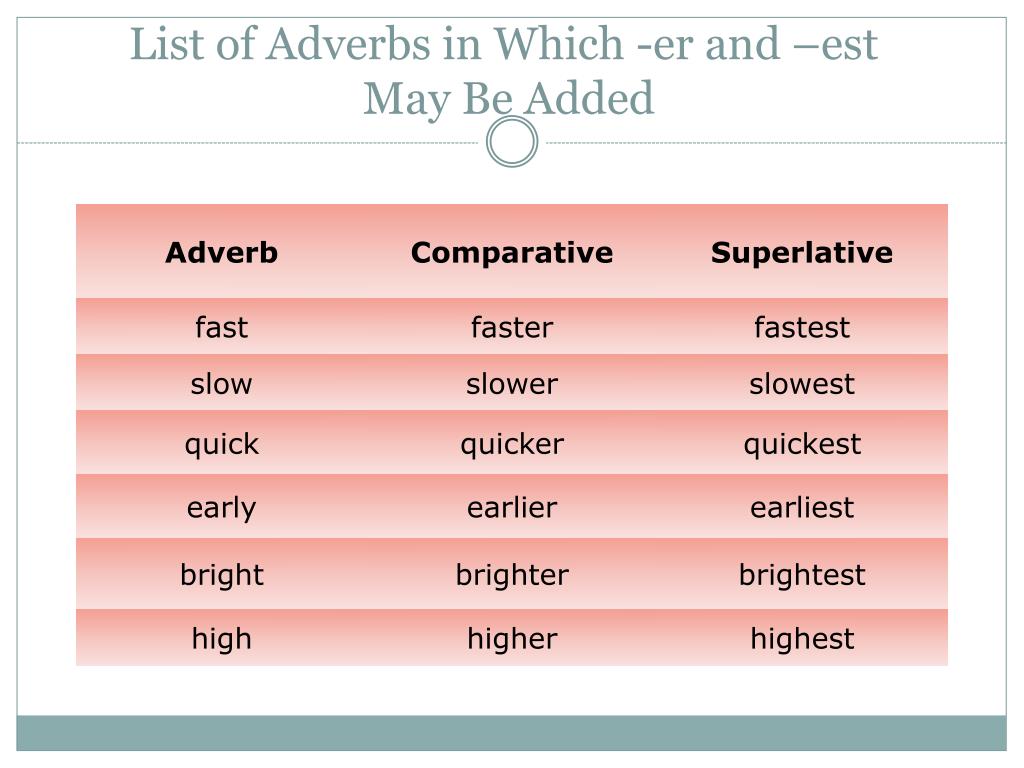
/ford-focus-2021/
How I bought a 15 year old Ford Focus
There are threads on the tie rods and ends. If you increase or decrease their length, you can adjust the wheel alignment. The master, using keys, adjusts the position of the wheels and sees on the monitor how the parameters change. The setting is so precise that not only degrees matter, but also their fractions - minutes. After correct adjustment, all wheel angles should be in the green zone.
Actual and allowable camber, toe and caster values on the camber stand monitor. Front axle, Skoda Octavia A5 2011. Despite the MacPherson camber, camber can be adjusted by shifting the subframe. In this particular case, the caster will remain red. The thread on the steering rods and tips allows you to adjust the toe-in. A similar sheet should be issued when everything is set up. It contains the parameters with which the car drove to the stand, and the result of the work. In this case, wheel alignment was done on the Kia Soul. There is a beam behind, so the readings before and after are approximately the same
There is a beam behind, so the readings before and after are approximately the same When driving, the car pulls to the right or left. There can be several reasons - from the slope of the road and a flat tire to the need to replace the steering rods or wheel bearing. But most often it is the adjustment of the toe-camber that helps to return the correct trajectory of the car. It is easy to check this: on a country road where there are few cars, on a flat and straight section of the road, release the steering wheel and follow the behavior of the car. He must drive in a straight line without pulling to the side, wobbling and taxiing.
Wheels are straight, handlebars are not. Occasionally, the steering wheel position will shift slightly to the left or right of center, usually after suspension repairs or a hard hit from the wheel.
The tire wears unevenly. For example, the inside of the wheel is worn more than the outside. This happens with negative camber and convergence. If positive, the outer part of the wheel wears out. In order not to throw away such rubber, as an operational measure, it is permissible to change the tires in places so that the wear goes to the remaining part of the tread. But it is better to adjust the wheel alignment and get rid of this problem.
This happens with negative camber and convergence. If positive, the outer part of the wheel wears out. In order not to throw away such rubber, as an operational measure, it is permissible to change the tires in places so that the wear goes to the remaining part of the tread. But it is better to adjust the wheel alignment and get rid of this problem.
/guide/rezina/
How to choose tires for a car or crossover
Due to alignment problems, the inside of the tire has worn down to the cordSeasonal. Ideally, wheel alignment should be done during a seasonal tire change. Especially if you have wheels with different parameters for different seasons. For example, for summer - 19 inches with low-profile tires, for winter - 17 inches with regular tires.
By run. Wheel alignment is recommended every 20,000 km. Natural wear of suspension parts can lead to changes in wheel alignment.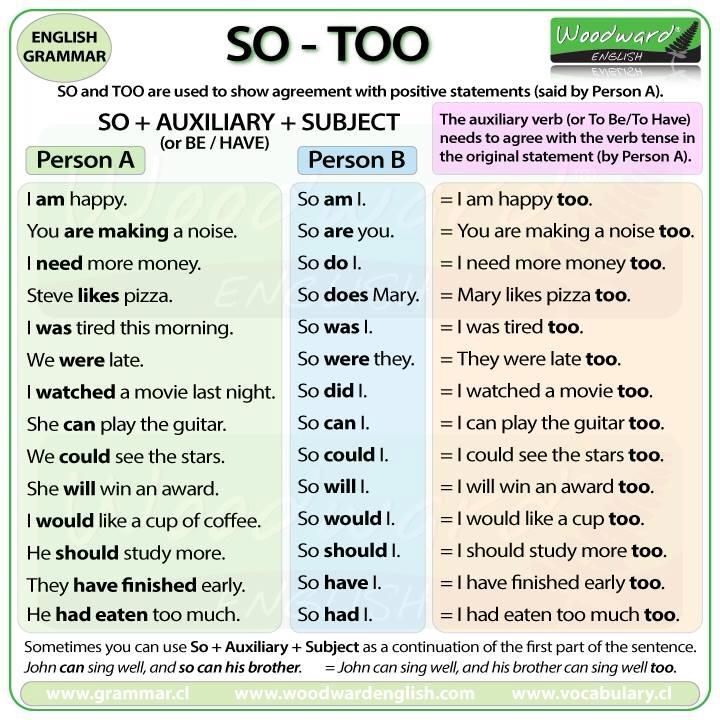
As required. If the car hits a hole at speed, the settings may also go wrong. When after that the car starts to pull to the side, the rubber wears out unevenly, the position of the steering wheel has changed - it is necessary to do convergence-camber.
/serious-damage-stories/
“Lucky we didn’t get on the track”: 10 stories about serious car breakdowns
Chassis repaired. There, some components affect wheel alignment, others do not, but camber is often necessary in any case. Here is an example: the stabilizer links should not affect anything, but there are cars on which you have to remove the subframe for this, which means that you will have to do wheel alignment.
It is also important to remember that non-original parts may differ from the original in geometry. Because of them, settings that cannot be adjusted can be seriously lost.
Theoretically, you can try.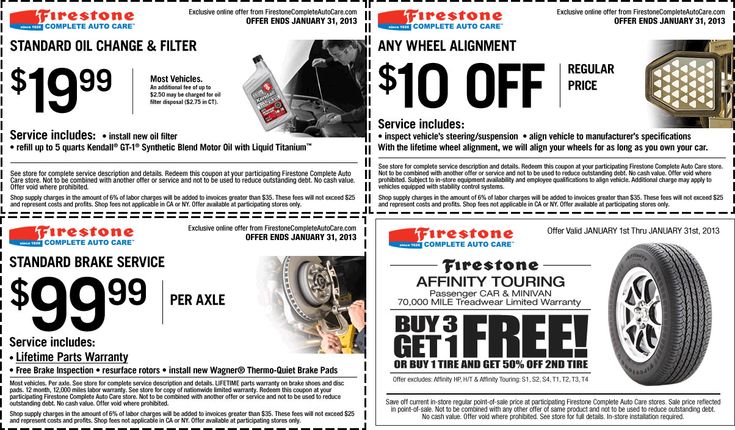 But still, I recommend contacting a service that has the necessary equipment. Electronic measurements are very accurate, in them the parameters are tracked to fractions of a degree - minutes. With self-measurement, the error can be large. In addition, before this, you need to find out the factory parameters of the suspension.
But still, I recommend contacting a service that has the necessary equipment. Electronic measurements are very accurate, in them the parameters are tracked to fractions of a degree - minutes. With self-measurement, the error can be large. In addition, before this, you need to find out the factory parameters of the suspension.
Usually in garage conditions, to adjust the angles, the thread is pulled along the length of the machine parallel to the wheels. Next, set the wheels evenly and measure the distance from the disk to the thread at two points, if it is different, this wheel needs to be adjusted.
8 components and fluids in a car that should be monitored after the end of the warranty
Another, old-fashioned, way to adjust the toe-camber is to put a level on the disk and see how much the air bubble deviates in the liquid. Such a setting is also approximate and is permissible only if it is not possible to contact a professional service.
Suspension diagnostics is the first thing that will be offered at a good service station.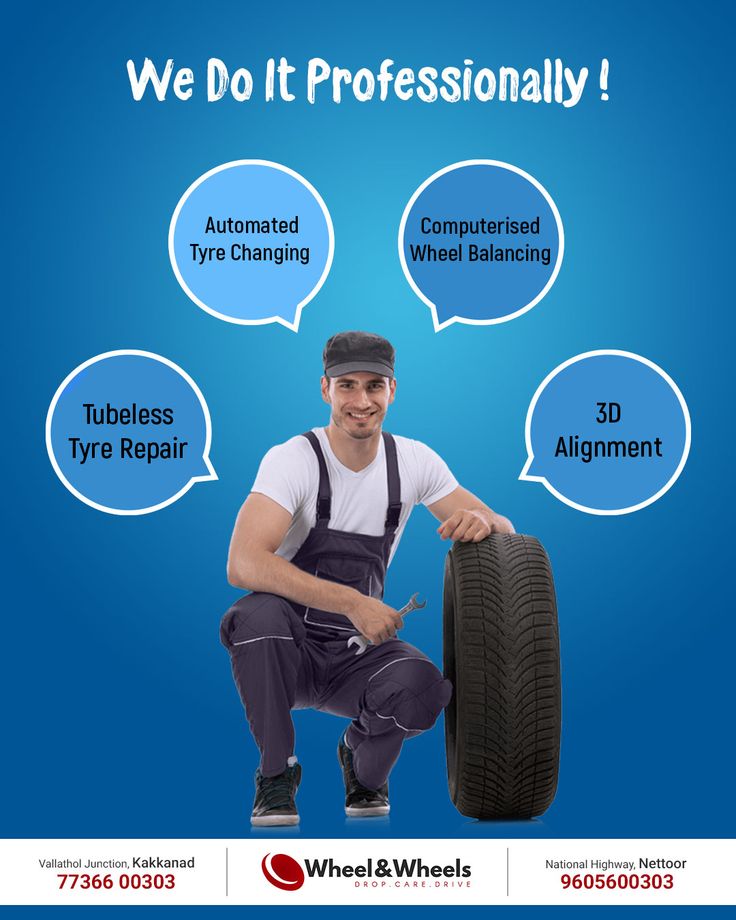 If there are any backlashes in the running gear of the car that should not be, then it is pointless to do the alignment-camber.
If there are any backlashes in the running gear of the car that should not be, then it is pointless to do the alignment-camber.
Stand calibration. For accurate diagnosis and tuning, the alignment stand must be calibrated. Ask at the car service when the stand was last calibrated, if there are any supporting documents. Such calibration should be carried out regularly, but some service stations save on this. It's great when a service station has its own equipment for calibration.
Experienced craftsman. A good result depends on the master. It is not enough to enter the name of the make and model of the car into the program; even the year of manufacture and body marking can affect the accuracy of the settings. Inexperienced tuners may not take this into account.
A good mechanic will ask when the suspension was repaired, what parts were used, check the condition of the tires and ask about the behavior of the car on the road. He will also make sure that the steering wheel is level.
/guide/detailing-in-details/
Car detailing: what is it, what is the use of it
If non-standard wheels were installed on the car or the suspension was tuned, then the standard angle standards for this model are no longer suitable. Therefore, the alignment-camber for such cars should be done by a master with extensive experience who will not be guided only by the green zones on the monitor of the breakup stand.
It happens that a good specialist will be able to set corners in cases where other craftsmen fail, simply because he knows the features of a particular make or model. For example, he will advise you to buy special bolts instead of those that were installed during the suspension repair just by eye.
Documents and warranty. Good car services give a guarantee for their work and provide the client not only with a cash receipt, but also with a printout of the wheel angle parameters before and after adjustment. First of all, the master needs this: the next time the car drives into the stand, he will already know the background.
First of all, the master needs this: the next time the car drives into the stand, he will already know the background.
The cost of wheel alignment services depends on the level of equipment of the service station and the region in which the service is located. Approximately this is 1500-3500 R.
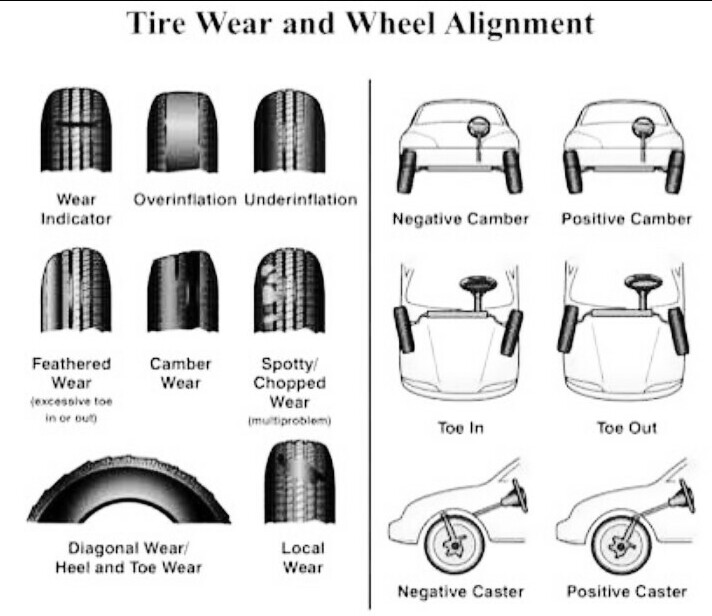
Author: Oleg Polazhinets
Surely you have come across the fact that the car moves to the side when the steering wheel is released, or someone from your acquaintances complained that "it's time for me to go and check the collapse", although this was categorically wrong. What people commonly call “alignment” is measuring and setting the wheel alignment angles. Moreover, in addition to the camber angle itself and the convergence angle, there is also a third angle, no less important.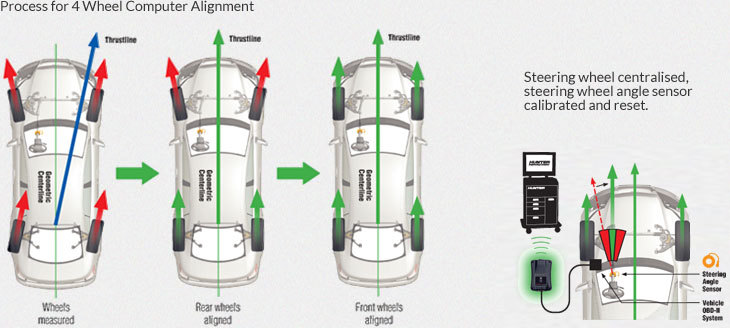
To improve stability and handling, each automaker provides for a particular car model a certain position of the front (and rear) wheels relative to each other and the road plane. The parameters of camber, convergence and caster are usually called wheel alignment angles.
Camber is understood as the angle of inclination of the wheels in relation to a perpendicular plane (in the usual case, to the road). With a negative camber, the wheels visually become like a "house", with a positive camber angle, the upper part of the wheel leans outward relative to the lower one.
With negative camber (left) the wheels are "house" With negative camber (left) the wheels are "house"
Toe is the sum of the angles between the plane that passes through the centers of the wheels and the longitudinal axis of the car. It sounds a little incomprehensible, but in reality everything is simple: if it is positive, then the planes of rotation of the wheels intersect in front of the car as if “converging towards” each other, if it is negative, somewhere behind (divergence).
Positive convergence (on the left) is precisely the convergence of the wheels towards each other in front of the car
Caster (sometimes called castor) from English. Caster angle (caster angle) is the angle formed by the vertical and the projection of the axis of rotation of the wheel on the longitudinal plane of the car. With a positive caster, the axis of rotation of the wheel is tilted back relative to the direction of movement, and with a negative one, on the contrary, it “looks forward”.
Negative caster (left) causes the strut to tilt forward
Let's start with the collapse. With its near-zero values, the car is most stable as long as it drives in a straight line. And only if the suspension is stiff enough: it’s not just that on old cars the wheels had positive camber, that is, a “house on the contrary”, which to some extent compensated for the softness of the shock absorbers and the instability of the corners under load.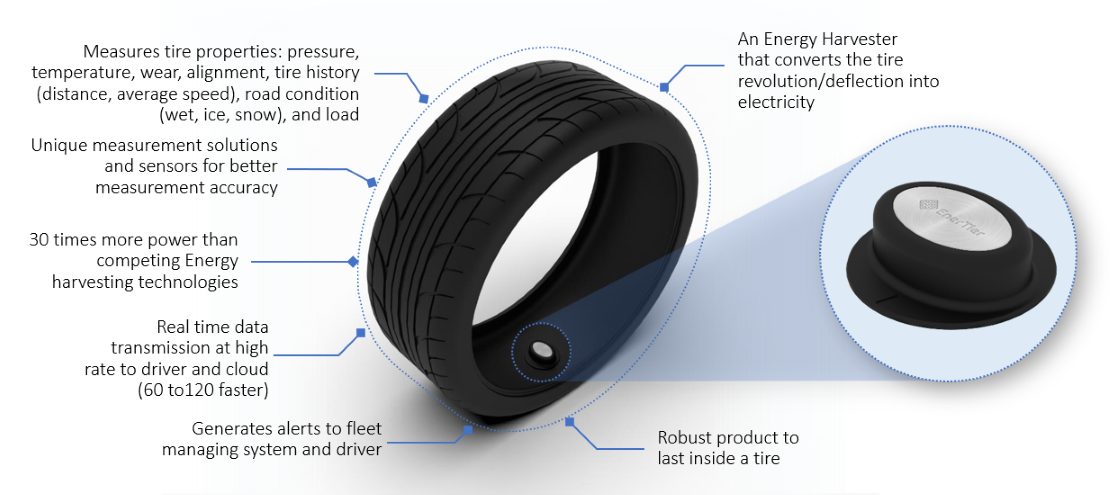
However, over time, the designers began to move away from positive camber towards negative values (however, they still do not fill up the wheels by several degrees, as they do in motorsport). This improved the stability of the car in corners, since the wheel "does not break" and clings to the road better due to the larger contact patch.
Camber improves vehicle stability when cornering at high speeds
Stance, baby: pronounced negative camber is an essential attribute of some automotive subcultures
accelerated wear of the inner tracks of the tires. That is why, unlike athletes, both car designers and ordinary car dealers prefer near-zero values.
However, depending on the design and kinematics of the suspension, the rigidity of the elastic elements, track width, wheel offset and many other factors, the wheel alignment on different machines differ markedly. Moreover, they can vary even within the same model, depending on the type of suspension (regular or sports) and tire size.
Moreover, they can vary even within the same model, depending on the type of suspension (regular or sports) and tire size.
On many modern front-wheel drive vehicles, the camber angles of the front wheels are set constructively, and the caster (the angle of the longitudinal inclination of the rack) is not adjustable, so the whole setting comes down to checking and adjusting the toe.
However, this was not always the case - on the same “eight”, with which all the other cars of this platform grew up, not only the toe-in, but also the caster were regulated. It is interesting that the tolerances at the same time were quite large, and when adjusting, the repairmen did not always change all the angles, preferring in many cases not to touch the caster - they say, there was a lot of fuss and not much sense.
The factory settings for the Samara angles are as follows: front camber = 0°±30', toe = 0°15' ± 10' and caster = 0°20±30'0. As you can see, the tolerances are really quite large - according to factory standards, the camber can “walk” within one degree, and a caster of fifty “plus” minutes has the legal right to “go into minus”.
As you can see, the tolerances are really quite large - according to factory standards, the camber can “walk” within one degree, and a caster of fifty “plus” minutes has the legal right to “go into minus”.
The situation with the caster is no less interesting. A little higher, we remembered that at a zero angle of inclination, the rack stands strictly vertically - that is, the wheel with the hub does not move anywhere relative to the vertical. With negative caster, the strut at the top seems to lean forward, and the wheel, accordingly, goes back.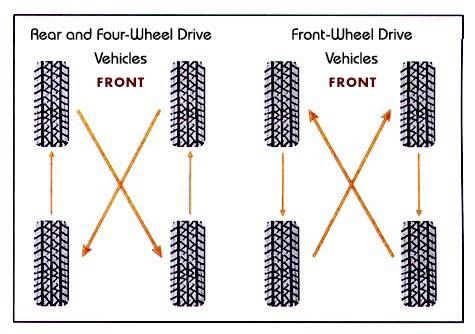 If positive, vice versa.
If positive, vice versa.
On front-wheel drive VAZs, for example, the caster parameter is changed using shims that are placed under the front suspension elements - trailing arm brackets (stretch marks).
Caster in Samara is set using several washers Longitudinal stretching of the VAZ-2108 suspension is attached to the brackets in front, and to the transverse levers in the back. That is why they affect the caster
By removing the washers, the rack can be “filled up” back within a degree, and the wheel, on the contrary, can be shifted relative to the center of the arch towards the front bumper. In reality, however, the reverse picture is usually observed - on many “older” Samaras, “tens”, Priory and Kalina, the wheel “leaves” towards the front door due to impacts and fatigue of the metal, and it is far from always possible to return it to its place, even if you remove all the washers.
This is what a zero caster looks like: the wheel is in the wheel arch symmetrically with respect to the bumper and fender.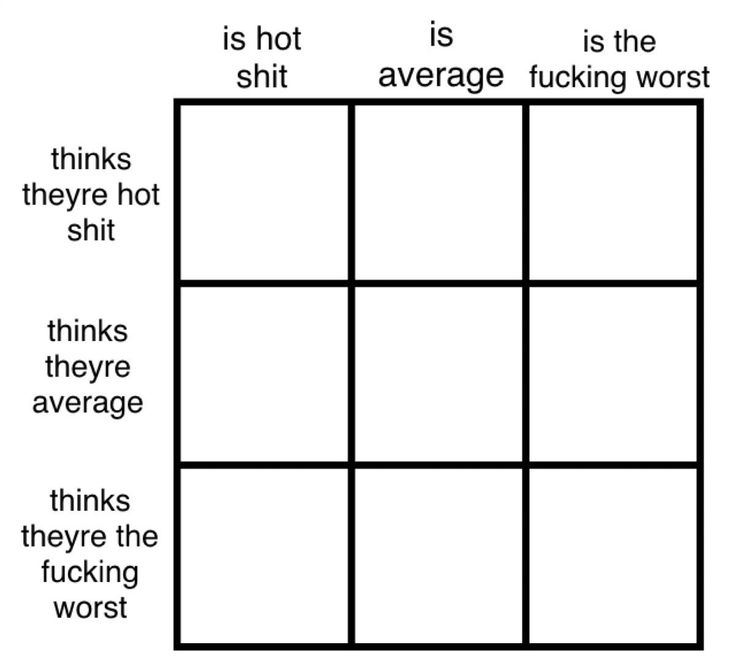 This is no longer a caster, but a verdict on the front suspension and even the body. It will not work to return the wheel to its place "with little bloodshed"
This is no longer a caster, but a verdict on the front suspension and even the body. It will not work to return the wheel to its place "with little bloodshed" The greater the angle of inclination of the rack, the more stable the front-wheel drive (and not only) car behaves at high speeds. Positive caster results in less car wobble, making it less sensitive to ruts and bumps.
Caster is important not only for its direct effect on the speed of the car, but also because it affects the toe and camber angles, which change depending on the inclination of the rack. Therefore, it is necessary to start adjusting the angles of the front wheels from the caster. This is followed by camber adjustment, and last but not least, it is necessary to adjust the convergence, remembering the interconnection of these parameters with each other.
When changing the caster, it is necessary to unwind the longitudinal stretching of the suspension. It takes time and effort - especially if the car is old Usually the choice of wheel alignment angles from the allowable range is the prerogative of the "breaker".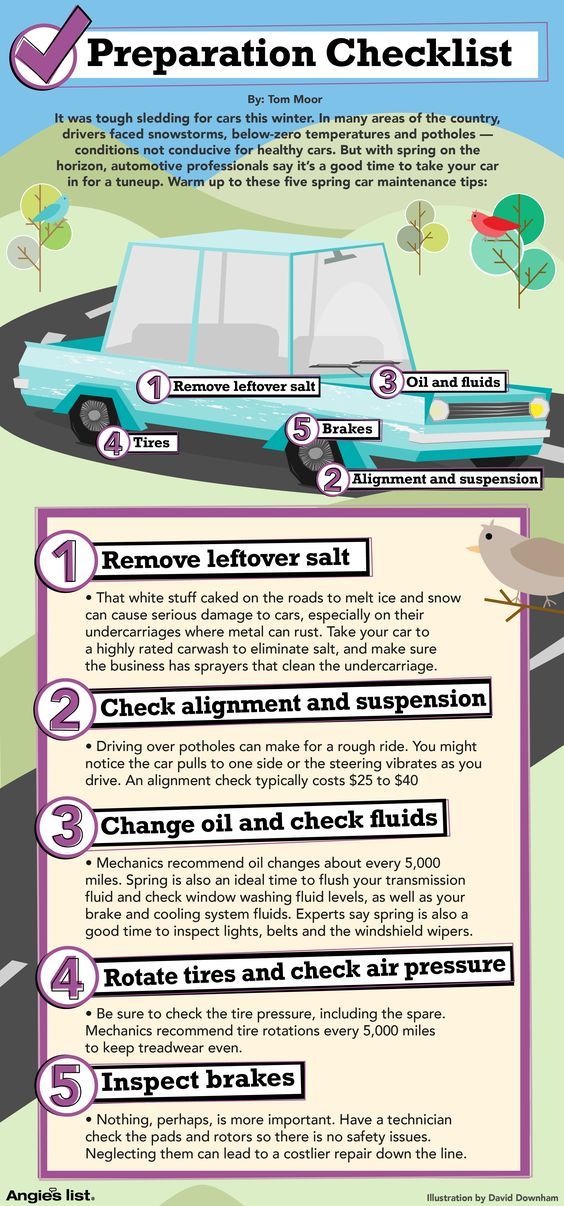 And this is not always good, since many of them, having been doing their work for years, are guided by some internal stereotypes, which often contradict theory, but in practice lead to a deterioration in the driving performance of the car and premature tire wear. Therefore, the final printout figures should be treated with great attention, and in some cases, do not hesitate to give recommendations.
And this is not always good, since many of them, having been doing their work for years, are guided by some internal stereotypes, which often contradict theory, but in practice lead to a deterioration in the driving performance of the car and premature tire wear. Therefore, the final printout figures should be treated with great attention, and in some cases, do not hesitate to give recommendations.
What is the angle of the stand if it is adjustable? On a standard suspension and with a "normal" driving style - the maximum allowable positive, that is, 0 ° 50 'for the front-wheel drive Samara, and on other front-wheel drive it is better to set the caster "more plus" - within tolerances, and if this parameter is configured, of course . This will provide the car with better directional stability at high speeds and will lead to “self-stabilization” of the steering wheel in the near-zero position. A slight deviation from factory tolerances is also acceptable - for example, increasing the caster to one degree (60-65').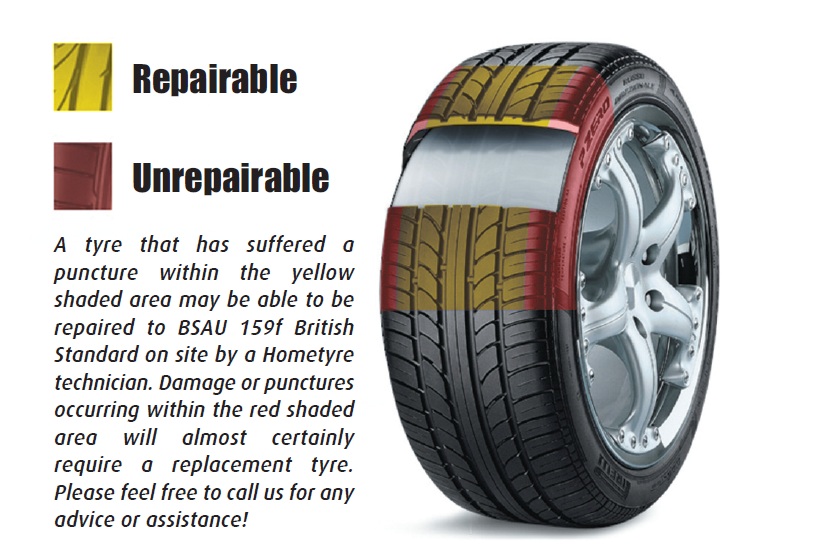
True, for a “clear zero” you will have to pay with the fact that in turns the steering wheel will become somewhat heavier (there is no amplifier!) And it will try to return to its previous position more sharply. However, you can get used to such a new feature of the machine in just a few minutes.
As for the camber, other "urban racers" often "fall apart" the front wheels to one degree or more. However, at the same time, the car will become more “nervous” and sensitive to the slope of the road, due to which the steering wheel can literally “tear out of hand” (especially on large and wide wheels!). Another payment for "sporting ambitions" is the premature wear of the inner tracks - the tires are worth a "house"!
The camber of the front wheels in Samara is adjusted using an eccentric bolt (position 3 in the figure) on the bodies of the front shock absorbers 10' per side.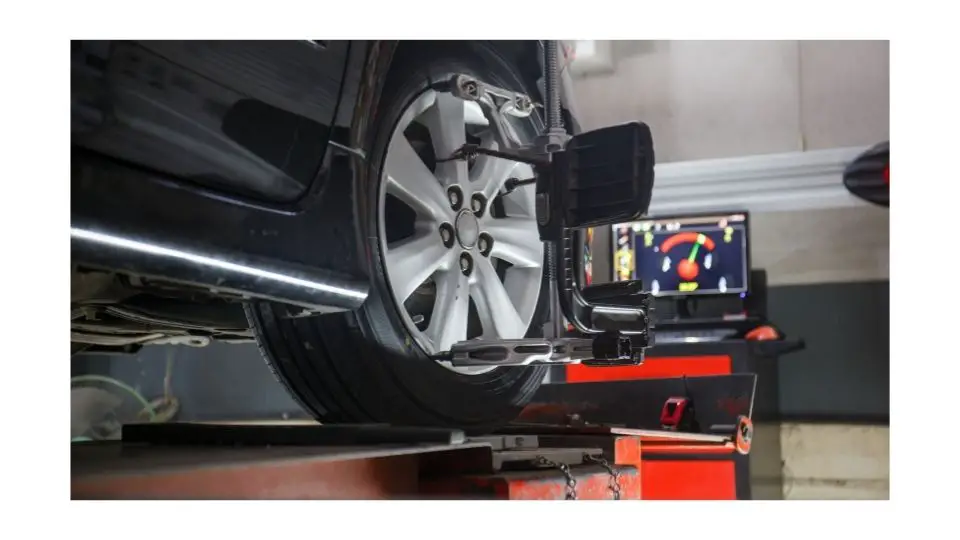 True, it is not so easy to set this parameter with such jewelry accuracy on a Soviet-Russian car, and not all masters agree to spend their working time on such fun.
True, it is not so easy to set this parameter with such jewelry accuracy on a Soviet-Russian car, and not all masters agree to spend their working time on such fun.
Toe-in adjustment in Samara is a rather troublesome process (especially on the driver's side), so some razvalchik even independently (!) make a similar special tool
When adjusting toe-in on front-wheel drive VAZs, it is also best not to deviate much from near-zero values, remembering that even with a small load on the car (driver and passenger), it begins to change for about 5-7 minutes, and in which direction (plus or minus) depends on the position of the “mustache” of the steering rack on a particular car.
Notice how the toe and camber angles change at partial load! (the first photo is on an empty car, the second one is with a driver weighing 65 kg)
Before adjusting the toe, the steering wheel must be set strictly horizontally and fixed, for which special devices are used at the service station
In most cases, it is recommended to check the wheel alignment at least once every 30,000 km and immediately after the car hit a large pit with a wheel or became a member of even a small accident. After all, both the first and the second can lead to a displacement of the suspension elements, which will violate the parameters of convergence, caster or camber.
After all, both the first and the second can lead to a displacement of the suspension elements, which will violate the parameters of convergence, caster or camber.
What happens if they are not done at all? Nothing good, of course. At a minimum, the car will behave worse both in a straight line and in corners, because the deviation of any of the parameters affects both the stability of the car and its handling. Secondly, off corners will cause the car to pull to the side, so the driver will have to hold the steering wheel with more force in order to maintain a straight line.
When the left wheel toe is so knocked down (parameter highlighted in red), the car drives “somehow strange”, constantly roaming along the road, and the steering wheel simply does not return back! If everything is left as is, then the tread will last for literally a couple of thousand kilometers. It happens that the car does not just pull to the left or right, but when moving, it “prowls” all the time, deviating back and forth from a straight line. In addition to the fact that driving such a car will not be very pleasant, the owner will very quickly find that the wheels on the axle where the wheel alignment is violated wear out very unevenly and very prematurely.
In addition to the fact that driving such a car will not be very pleasant, the owner will very quickly find that the wheels on the axle where the wheel alignment is violated wear out very unevenly and very prematurely.
There are cases when, due to incorrect “alignment-camber”, the projector of an almost new tire literally “melted before our eyes”, disappearing in just 10-15 thousand kilometers!
Not always even a qualified specialist on a properly adjusted stand (and this is very important!) will be able to set the wheel alignment angles in the tolerances specified by the manufacturer. This is usually prevented by worn suspension parts, in which noticeable backlash has occurred. Catching minutes where, during movement, the details “walk” by whole degrees is a rather pointless exercise. Therefore, an experienced "breakdown" usually begins with a primary (that is, "rough") diagnostics of the chassis, carefully examining the rubber-metal elements and checking them for mutual movement. In many cases, before entering the wheel alignment stand, it is necessary to visit a general repair station to replace worn suspension parts. And only by “shaking up the hodovka” you can try to achieve the required wheel alignment angles.
In many cases, before entering the wheel alignment stand, it is necessary to visit a general repair station to replace worn suspension parts. And only by “shaking up the hodovka” you can try to achieve the required wheel alignment angles.
It happens that the suspension is in order, but it still fails to set the toe, camber or caster. The reason is the irreversible deformation of the body, which happens after a severe accident or due to corrosion of power elements. And if in the first case, at least theoretically, a slipway can help, then on a strong “rotten” car, the problem cannot be solved with little bloodshed, and a big one does not make sense.
Sometimes even after the corners are set correctly, the car still pulls to the side. In this case, you need to try to rearrange the wheels in some places (or better, change the suspicious pair), because often due to the deformation of the carcass or the heterogeneity of the layers of the breaker, the tire becomes “curved”
Poll
How long have you been doing wheel alignment?
Your vote
Total votes:
practice
Articles / Auto and technology What is Langepas - people, oil and gas! Today we are publishing the impressions of Alexey Zhirukhin and Sergey Lysenko about the day that completes the first half of the journey “from the well to the consumer”, and we will tell you about where Langepas got tacos from... thirty 0 0 07.12.2022
Articles / Used cars Ford Focus III with mileage: ceremonial appearance, rusty bottom and weak electrics At one time, the Focus of the second generation of the Russian assembly became one of the first popular foreign cars in Russia.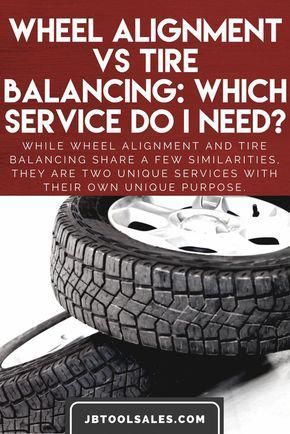 Since then, a lot of water has flowed under the bridge, and the Ford passenger car has long since left Russia. Third generation... 627 one one 07.12.2022
Since then, a lot of water has flowed under the bridge, and the Ford passenger car has long since left Russia. Third generation... 627 one one 07.12.2022
Articles / Overview Big and small: studying GAZelle e-City and GAZ Citymax 9 buses We have already talked about the most notable buses of the Busworld 2022 international exhibition, which was recently held in Moscow. Of course, within the framework of one material to tell about all the new products in detail ... 2501 0 2 06.12.2022
Test drives / Test drive Haval Dargo vs Mitsubishi Outlander: the dog is barking, the stranger is coming In the Haval dealership in the south of Moscow, life is in full swing: buyers look at cars, communicate with managers and sign some papers. While I was waiting for the test Dargo, the same cross... 18289 7 205 13.09.2022
While I was waiting for the test Dargo, the same cross... 18289 7 205 13.09.2022
Test drives / Test drive Motor from Mercedes, emblem from Renault, assembly from Dacia: test drive of the European Logan 1.0 It would seem that what's new can be told about the second generation Renault Logan, known to every Russian taxi driver, as they say, up and down? However, this car has... 14652 ten 41 08/13/2022
Test drives / Test drive Geely Coolray vs Haval Jolion: Free Cheese? If! Do you want to buy a car today with a full warranty, on credit at an adequate rate, without wild dealer markups? Now this is still a task, because a full-fledged chain of "representation - s.